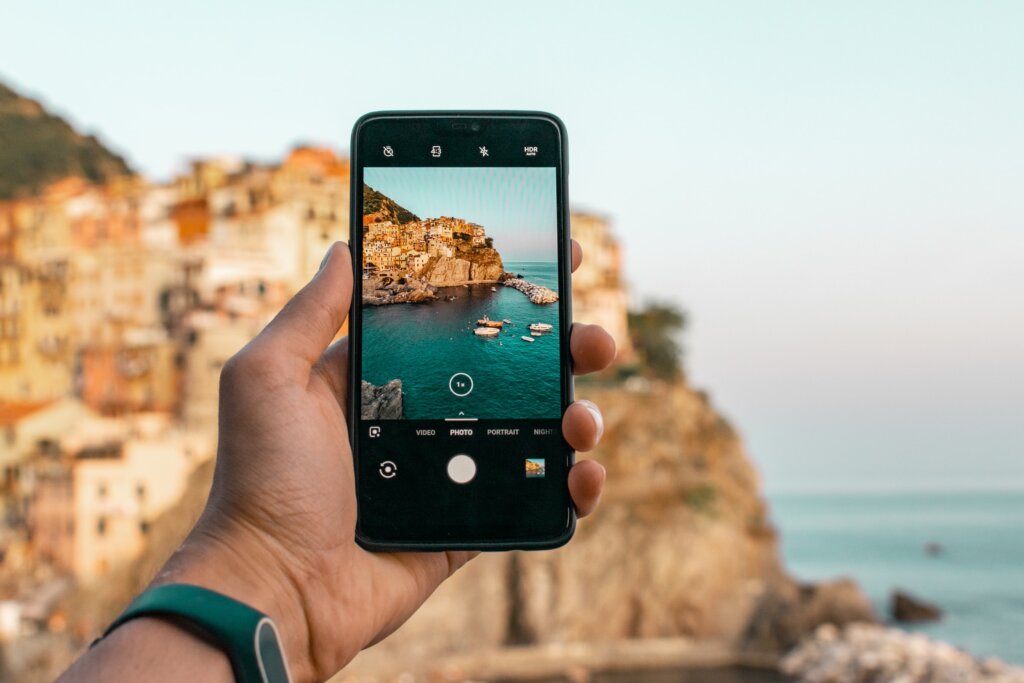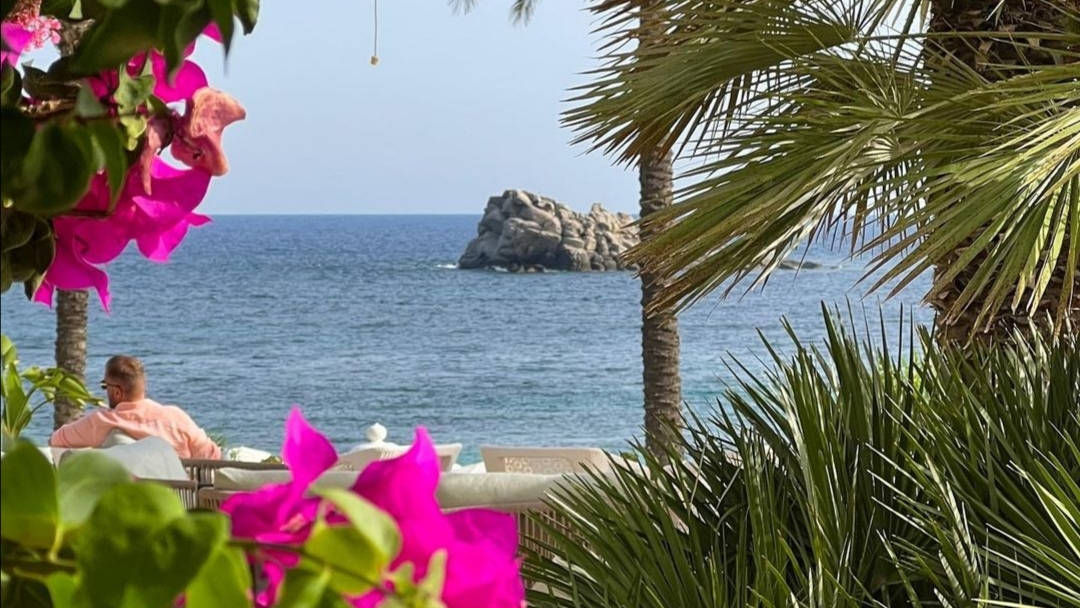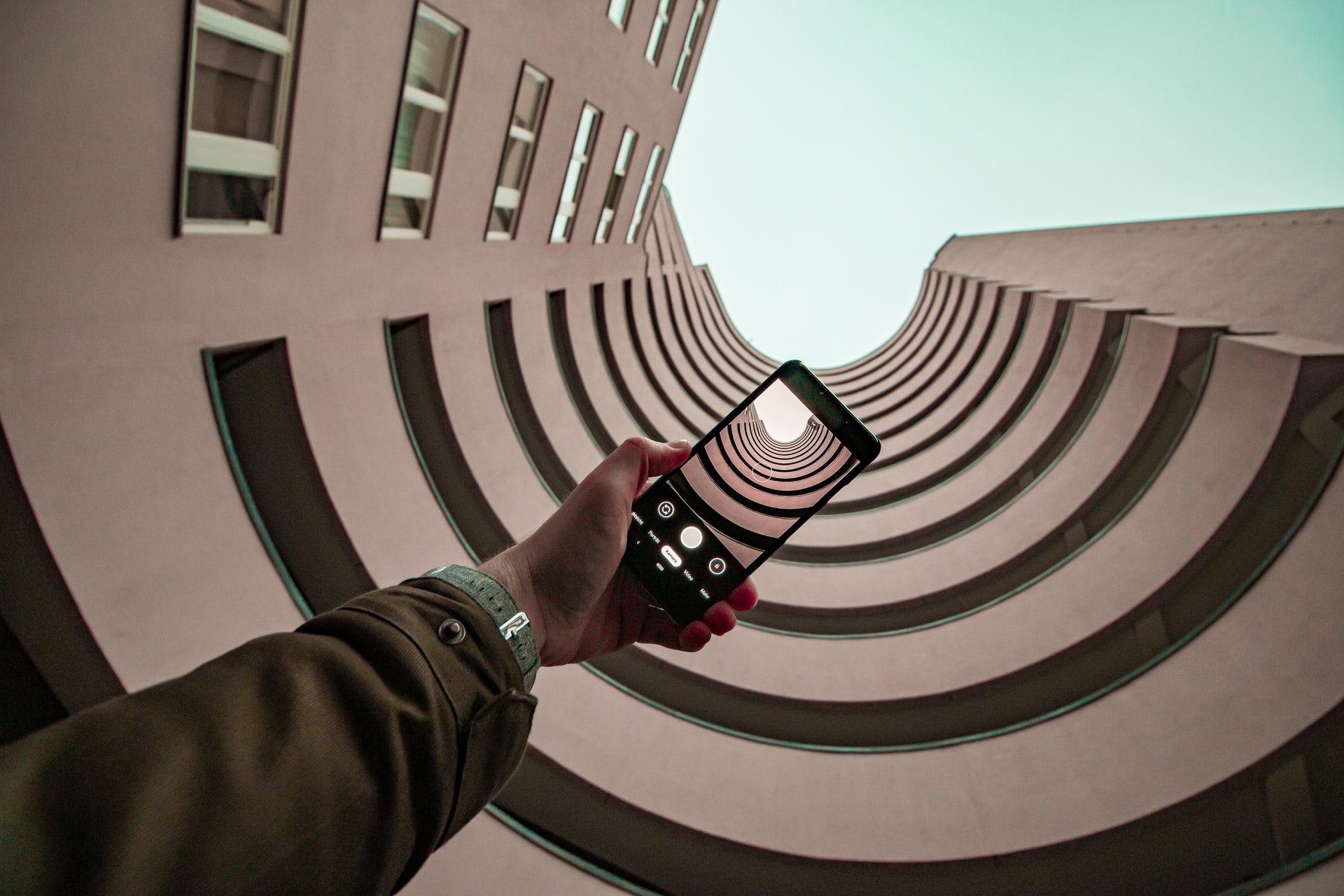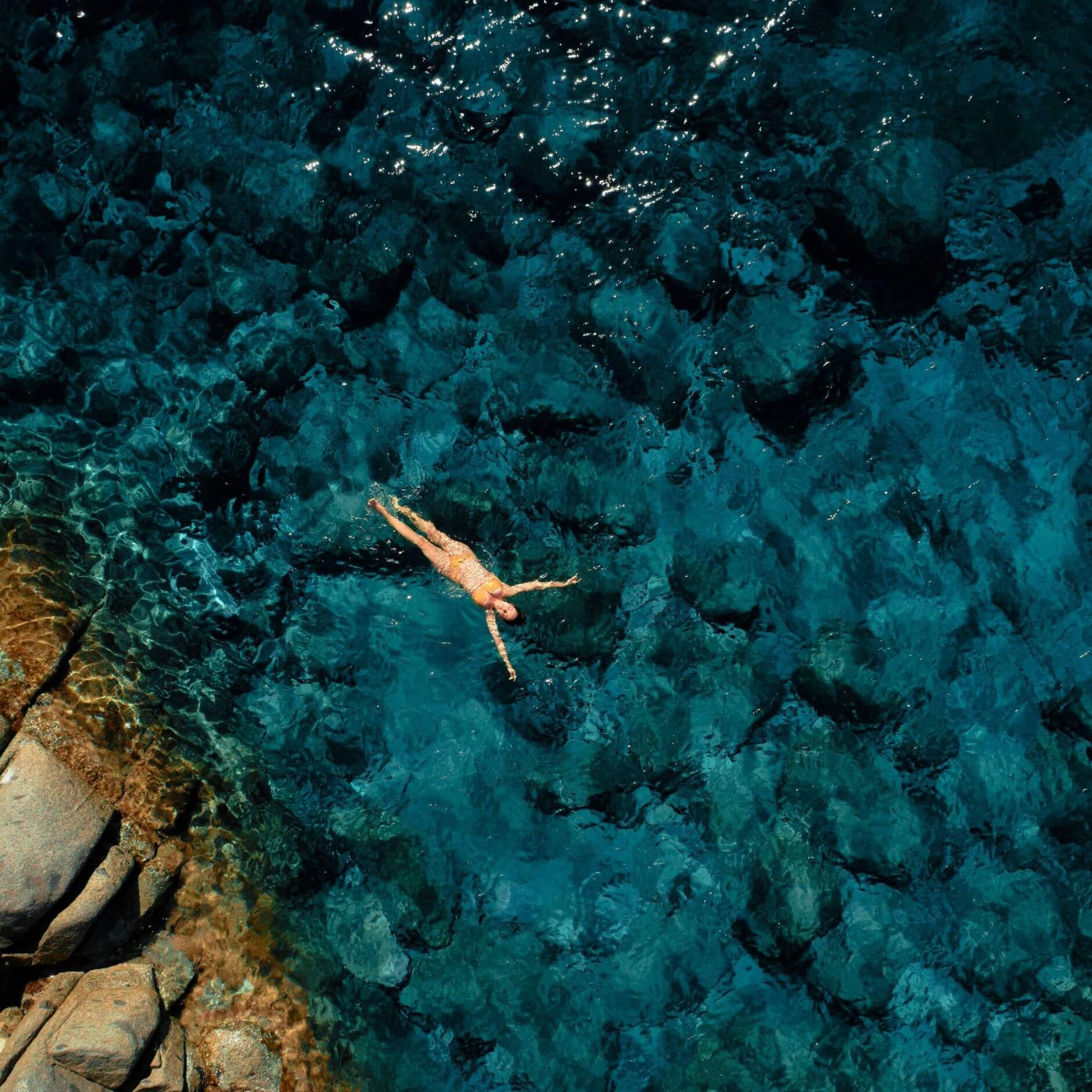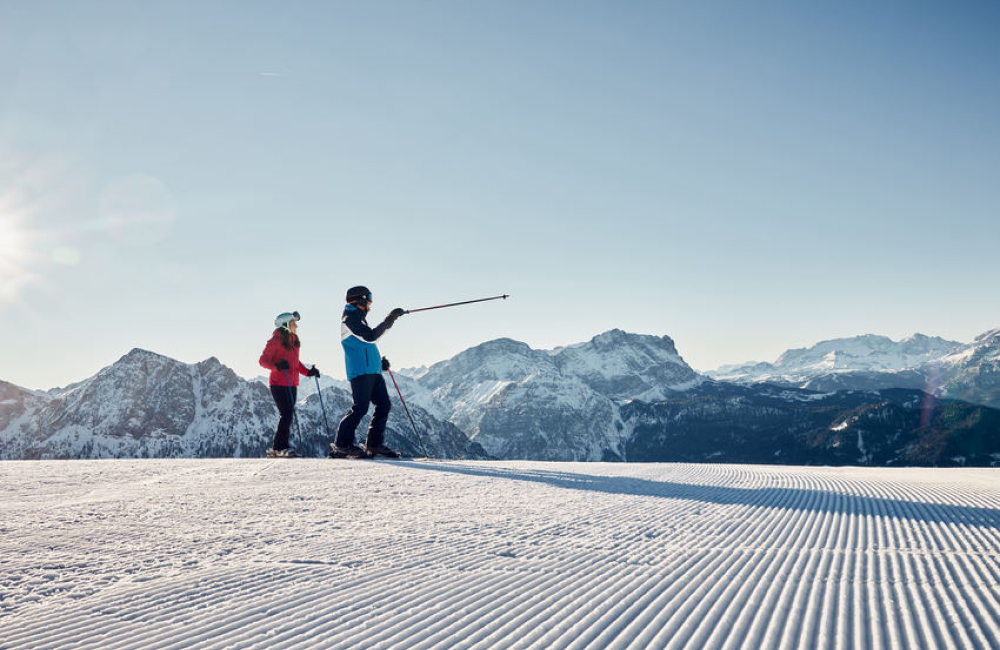Before you go on a well-deserved holiday, the question usually arises: do you need an additional camera for great holiday photos? With the right tips and tricks, your smartphone is enough to capture high-quality beautiful memories. We will tell you what you need to bear in mind in the following text:
1) Know your smartphone
The most important rule before you start taking photos: If you don’t want to use a “real” camera on holiday, you should first check the technical data of your smartphone. How many megapixels does the mobile phone camera have, is there a wide-angle function, is there an image stabiliser, …? Questions upon questions, but just as important: modern smartphone models have at least 12 megapixels, which is quite enough to take holiday snapshots.
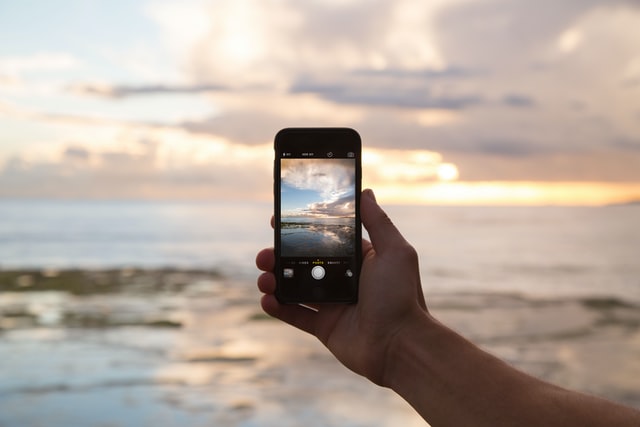
Most smartphone cameras also already have light wide-angle lenses, which is ideal for holidays. Otherwise, it might be a good idea to take a look at everyday photos before you go on holiday: Is their quality sufficient and are you satisfied with them?
2) Cleaning the lens
OK, we’re about to get to the really important tips on how to take a good photo. But as usual, when it comes to photography, “good preparation is half the battle”. So we’d like to point out the simplest of all tricks – hardly worth mentioning if it weren’t so enormously important: clean the lens of your smartphone camera regularly or even before you want to use it. Small fibres from trousers or jacket pockets, sun cream marks from freshly applied hands, etc. can form a haze and cloud the pictures. It is best to use a soft cloth to clean your glasses, never a paper handkerchief. This will prevent scratches on the lens.
3) Bring the foreground to the fore
Whether rock formations in the sea or typical Tuscan hills – landscape photographs are particularly effective because of their depth. Therefore, try to include the foreground in the composition of the picture. This can be a garden bench, a tree stump, flowers or a stone. The well-dosed depiction of closeness and expanse in one picture enhances the depth effect and creates great tension.
4) Find new perspectives
Many motifs, especially in busy holiday destinations, are mostly standard. Buildings like the Atomium, the Eiffel Tower and the Walt Disney Concert Hall in Los Angeles are captured year after year by tourists from all over the world from the same perspective; everyone has seen them a thousand times. For interesting motifs, it makes sense to break away from the masses and simply change the perspective – this quickly results in completely new views of the same motif, which can impress not only at home.
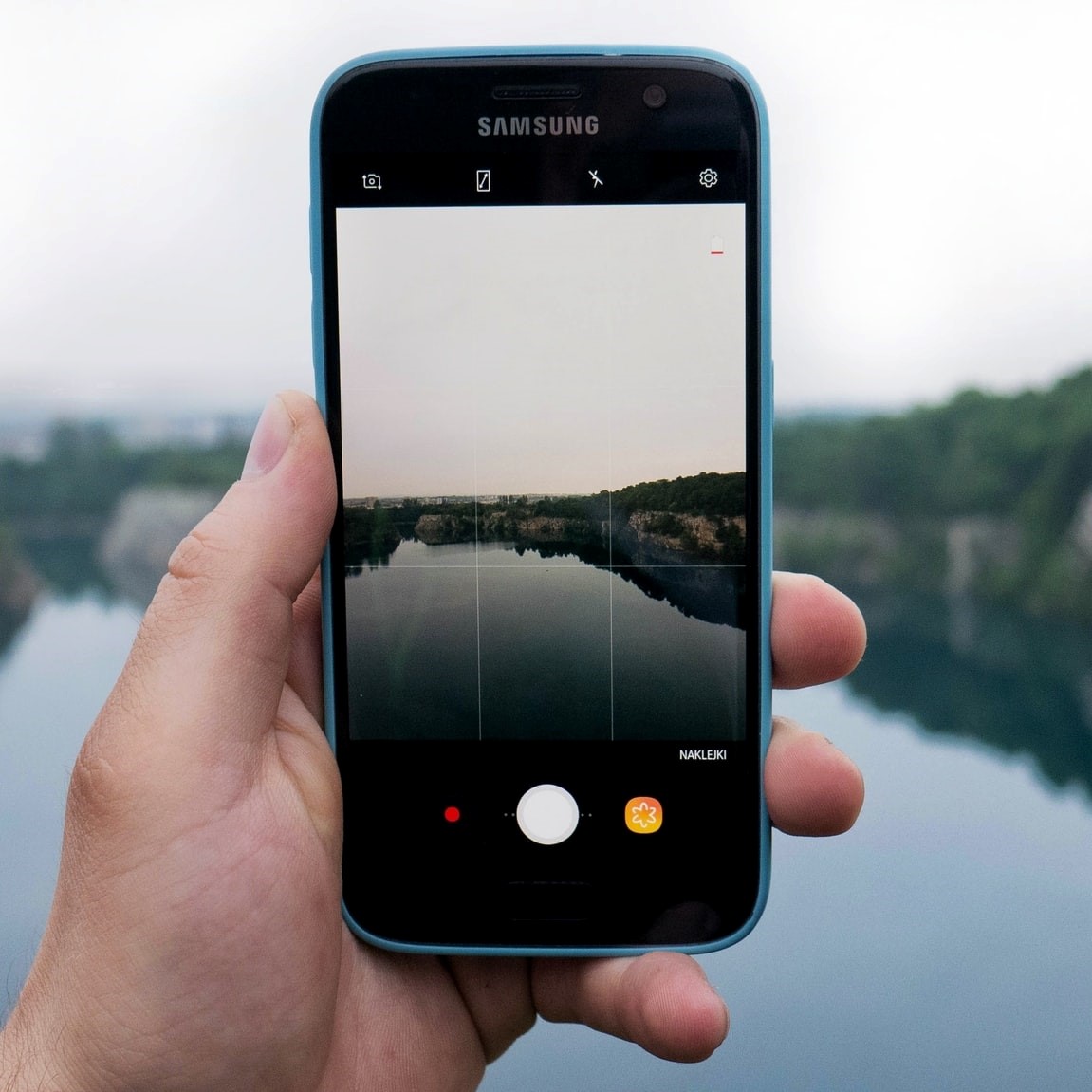
5) Pay attention to the rule of thirds
What sounds like mathematics at first is, simply put, a grid that can be easily displayed for your smartphone camera. It shows three vertical and three horizontal rows, which are a great help for you to keep the smartphone straight – because nothing is unsightlier than a crooked horizon. You can also use the three-part grid to divide the image in a more interesting way and take advantage of the golden ratio. Place your subject either on the lines in the right or left third of the camera frame or on their intersection points and you will get harmonious, but certainly not boring, results.
6) Avoid the zoom
Very few smartphones have an optical zoom; most have a digital zoom. But this quickly makes the picture pixelated. In addition, there is a wide-angle lens, which is good for panorama shots, but not so good for zoom shots. The “zoom with the legs” is useful here: you simply move a bit closer to the subject, if possible. However, if the distance to the subject is too short, the picture can become blurred. As a guideline, remember a distance of 15 centimetres.
7) Flash – yes or no?
First of all: the flash should really only be used in special cases. For example, when the sun is high and casts strong, dark shadows. Then a flash can additionally illuminate the subject.
However, in atmospheric scenes – for example in the early morning, in the evening or in the illuminated alleys of a city – the flash usually destroys the magic of the moment. Here, we recommend the use of a tripod (spoiler alert: tip to follow). If you don’t have one at hand, place the smartphone in a suitable position or lean it against an object (table, lamppost, railing…). If you do not have such aids, make sure that you stand firmly and rest your elbows on your hips.
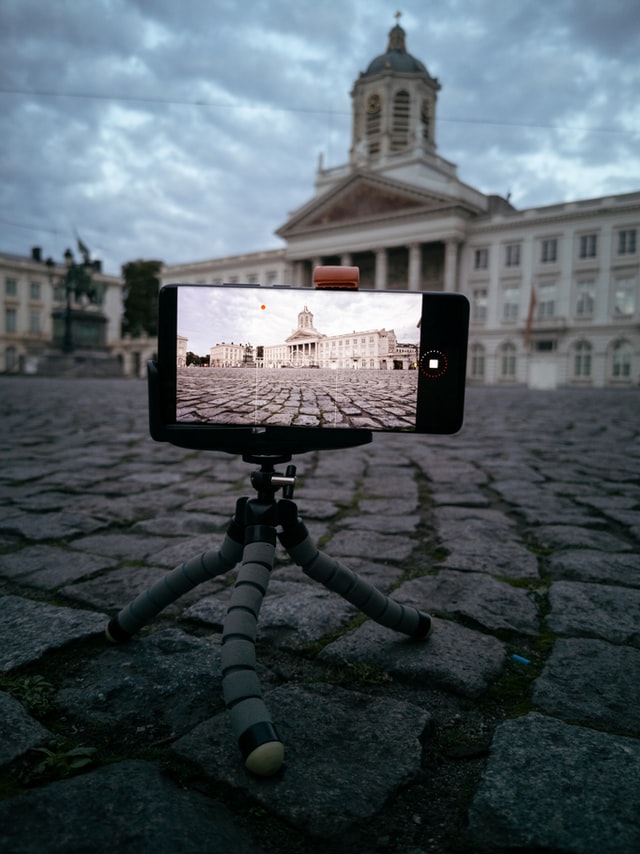
Additional tip: Ensure stability
Especially when you’re on the move, a tripod allows you to move smoothly and take great panoramic photos. Tripods come in a wide variety of shapes and sizes. There are classic tripods as well as those with several ball joints that you can attach flexibly to uneven surfaces such as branches or rocks.
Often forgotten, but always a nuisance afterwards: the smartphone also moves when the shutter is released. This small movement makes no difference during the day, but in low-light situations – especially at night – it can lead to a blurred shot.
Our tip: press the shutter button when you exhale, as this is when your hand is at its steadiest.
Even better: release the shutter by voice recognition – most smartphones can do this now.
After the photo is before the photo: Three useful photo apps
Snapseed Snapseed was voted the best photo app by the Technical Image Press Association (TIPA) back in 2012. The app runs on both Android and Apple devices, is easy to understand and is particularly convincing with its post-processing options. Contrast, saturation and colour values can be changed with a simple swiping motion. If only individual image areas are to be edited, they can be selected precisely. If you want to add your own creative touch, you can use various filters from Tilt Shift to Retrolux or different frames. Dynamic light An HDR app that is particularly worthwhile for outdoor shots. Light effects such as sepia or vignette provide creative image options. Disadvantage: Sometimes the pictures can look a bit artificial after applying the effects. But that is also the only criticism that can be found far and wide and the app is only available via iOS for 0.89€. DMD Panorama With the built-in camera apps of iOS and Android, you can usually take great panoramic pictures. The DMD app, available for 2.89€, can also save the pictures as virtual 3D images. The results can also be sent to friends and acquaintances as normal photos. The app also offers the option of saving the pictures in the DMD portal to show them to other users. Their pictures can also be seen and always provide inspiration for new motifs.
Now you are well prepared for your next holiday snapshots. So get on your smartphone and try it out!

